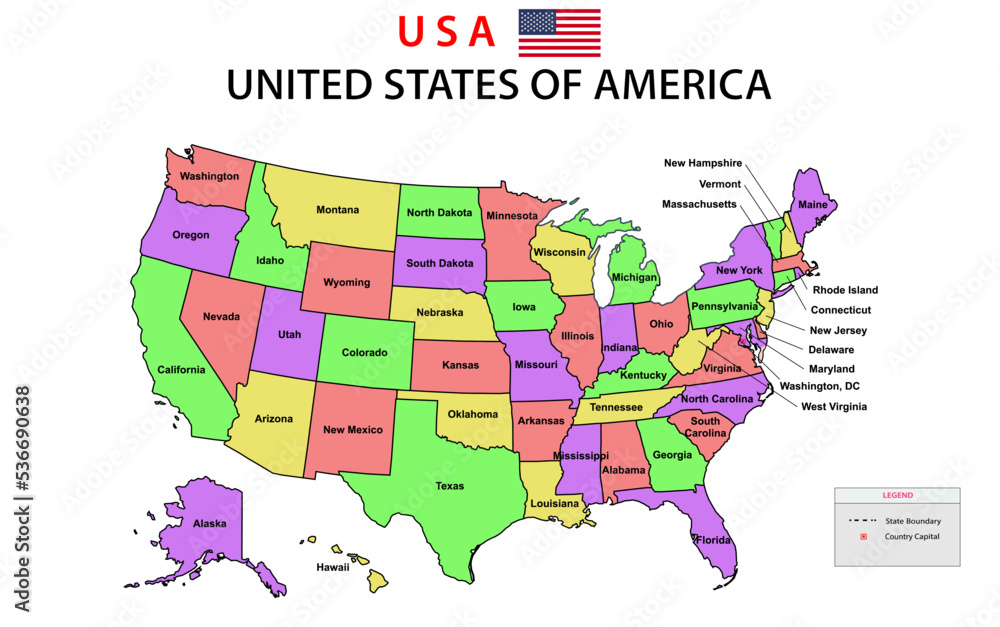In the realm of geopolitical discourse, the notion of integrating Canada as the fifty-first state of the United States drapes itself in a tapestry of complexities and possibilities. This proposition, while seemingly fanciful, encourages an exploration of the multifaceted benefits that could potentially unfold. The dynamics of such a union are not dissimilar to those of an intricate puzzle, where each piece offers a glimpse into a broader picture filled with potential enrichment.
At the outset, one might contemplate the economic ramifications of such an unprecedented alliance. Canada, blessed with an abundance of natural resources, including oil sands, timber, and minerals, presents a cornucopia of opportunities. Should Canada become a state, the United States would likely experience a bolstering of its resource base. The harnessing of these resources could facilitate energy independence, positioning the U.S. as a formidable leader in global energy markets. Imagine the confluence of American ingenuity and Canadian natural resources—a veritable economic powerhouse that could rival the oil-rich states of the Middle East.
Moreover, a unified regulatory framework could simplify cross-border trade. Current trade policies, laden with tariffs and regulatory hurdles, would transition into a seamless internal market, enhancing bilateral economic exchange. This transformation would likely invigorate various sectors, from agriculture to technology. The agricultural synergy between these two nations, for instance, could resuscitate rural economies and foster innovations that address food security. The intertwining of these economies could create a mosaic of prosperity, where the strengths of one country bolster the weaknesses of the other.
Beyond the economic implications, forming a new state could engender significant cultural enrichment. Canada’s diverse tapestry, characterized by influences from Indigenous peoples, French and British heritage, and waves of immigrants, could synergistically blend with the dynamic American cultural landscape. This amalgamation would produce a more pluralistic society, one that embodies the proverbial melting pot philosophy. Cities like Toronto and Vancouver could become gateways to fostering intercultural dialogue and understanding. The elevation of shared cultural events, festivals, and traditions could cultivate a profound sense of unity, engendering a more cohesive national identity.
However, one must also consider the environmental stewardship that could arise from such a union. Canada is renowned for its wealth of natural beauty, from the majestic Rockies to the tranquil shores of the Atlantic. Integrating Canada into the U.S. could galvanize a collective commitment to preserving the environment. Imagine a robust partnership in combating climate change, where American innovation amalgamates with Canadian conservation efforts. Collaborative projects could emerge, focusing on renewable energy, sustainable agriculture, and wildlife preservation, propelling North America toward a more environmentally conscious future.
Furthermore, the geopolitical repercussions of merging Canada and the U.S. would warrant meticulous deliberation. United as one, this consolidated entity would wield unparalleled influence on the global stage. The newfound political power could reshape international relations—one that might lead to a more assertive stance in world affairs. Rather than being mere bystanders, this unified body could champion crucial global issues such as climate change, human rights, and international trade policies. Such a political maneuvers would echo through the annals of history, as the U.S.-Canada alliance burgeoned into one of the most significant nations globally.
Sociopolitical coherence is another fundamental aspect of this hypothetical statehood. The shared principles of democracy and governance indicate potential harmony through the incorporation of Canada’s political framework. The Canadian parliamentary system, intertwined with U.S. democratic ideals, could yield a governmental model steeped in inclusivity and representation. Furthermore, social policies addressing healthcare, education, and social justice could enhance the quality of life for millions. Picture a holistic healthcare system born from the strengths of the Canadian model, complemented by American innovation; the synergy could revolutionize public health initiatives across the continent.
Nevertheless, the prospect of integrating Canada into the U.S. raises contentious concerns. National identity and sovereignty are paramount to both nations, and the relinquishing of these elements could engender resistance. The bedrock of cultural pride and unique heritage could clash with nationalist sentiments, yielding apprehension among citizens. Questions about immigration policies, minority rights, and language preservation—particularly regarding the Francophone population—would need careful and equitable consideration. Dialogue, understanding, and consensus-building would be necessary to navigate the intricacies of this societal quilt.
In contemplating the ramifications of Canada becoming the fifty-first state, one must adopt a panoramic view. The union could serve as a beacon of progress, illuminating the path toward economic prosperity, cultural integration, and environmental sustainability. However, the challenges posed by identity, sovereignty, and governance would necessitate a delicate balancing act. The prospect of this integration offers an invitation to engage in a dialogue—one that stretches beyond the confines of traditional political boundaries. Ultimately, the tapestry of North American identity is woven from both vibrant threads, and together, they can be transformed into a masterpiece of human endeavor, flourishing in a harmonious coexistence.










